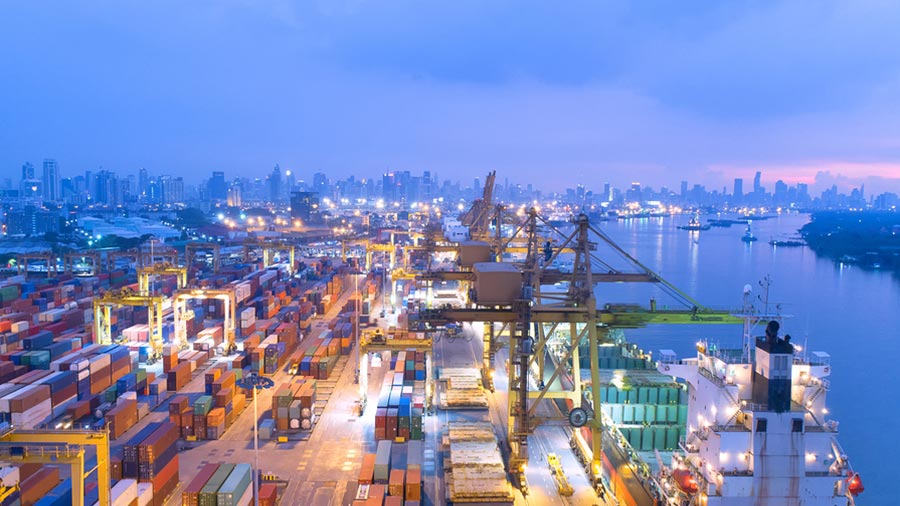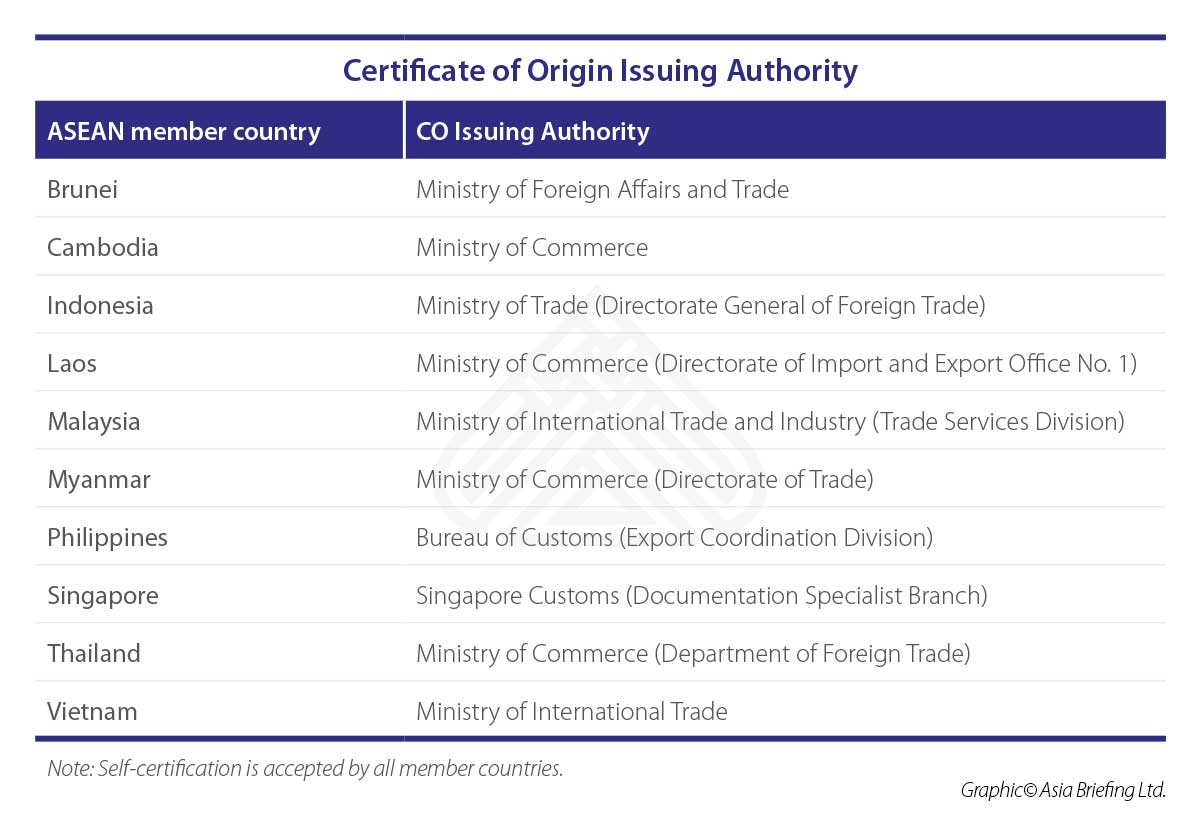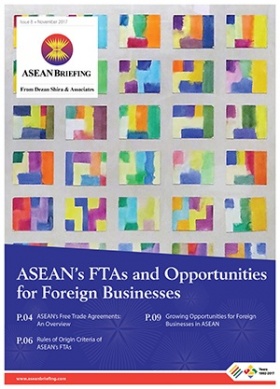Taking Advantage of ASEAN’s FTAs
Besides the bilateral Free Trade Agreements (FTAs) that they have individually signed with other countries, each ASEAN member state is a signatory to the ASEAN Free Trade Area (AFTA) between themselves as well as the several FTAs that the regional trade bloc has signed with some of the major economies in the Asia-Pacific region. These include the ASEAN-Australia-New Zealand FTA (AANZFTA), the ASEAN-China FTA (ACFTA), the ASEAN-India FTA (AIFTA), the ASEAN-Korea FTA (AKFTA), the ASEAN-Japan Comprehensive Economic Partnership (AJCEP), and the ASEAN-Hong Kong, China FTA (AHKFTA).
These FTAs offer a great opportunity for exporters and importers to trade regionally as well as internationally without tariff barriers.
Businesses, with operations in ASEAN, can use the FTAs to gain easy access to new export markets for their products while also importing input material at low costs, and simplified export and import procedures. Exporters and importers looking to take advantage of the individual ASEAN member states’ FTAs as well as the bloc’s regional FTAs, must first ensure that their products qualify as an originating good under the terms of the relevant FTA’s Rules of Origin (RoO) criteria. To qualify as originating goods and become eligible for preferential tariff treatment available under the FTAs, the exported or imported items must either be- Wholly-obtained or produced entirely in an FTA member country; or
- Must have undergone a ‘substantial transformation’ in an FTA member country.
For the goods that are partially produced within an FTA member country, substantial transformation guarantees that a meaningful manufacturing process has taken place in the free trade area for the good to qualify as originating.
It is important to note that the origin of these goods is dependent on the country where the last substantial transformation is performed.Certificate of Origin
Essentially, for different FTAs, different RoO systems and requirements exist in terms of the methods used to determine the origin of the good. In all cases, regardless of the substantive criteria used for meeting the origin requirement, exporters belonging to a FTA member country must obtain a relevant certificate of origin (CO) for each shipment; verifying the origin of the product to take advantage of the tariff concessions available under the FTA and gain greater market access.
 This article is an excerpt from the December 2018 issue of ASEAN Briefing magazine, titled “Export and Import Procedures in ASEAN: Best Practices“. In this issue, we highlight the region’s export and import procedures for the benefit of trading businesses. We begin by outlining the export procedures in each ASEAN member state. Next, we focus on import procedures in each ASEAN country. Finally, we discuss the importance of meeting the region’s Rules of Origin (RoO) criteria for exporters and importers looking to take advantage of the individual ASEAN member states’ FTAs as well as the bloc’s regional FTAs.
This article is an excerpt from the December 2018 issue of ASEAN Briefing magazine, titled “Export and Import Procedures in ASEAN: Best Practices“. In this issue, we highlight the region’s export and import procedures for the benefit of trading businesses. We begin by outlining the export procedures in each ASEAN member state. Next, we focus on import procedures in each ASEAN country. Finally, we discuss the importance of meeting the region’s Rules of Origin (RoO) criteria for exporters and importers looking to take advantage of the individual ASEAN member states’ FTAs as well as the bloc’s regional FTAs.
About Us
ASEAN Briefing is produced by Dezan Shira & Associates. The firm assists foreign investors throughout Asia from offices across the world, including in Singapore, Hanoi, Ho Chi Minh City, and Jakarta. Readers may write asia@dezshira.com for more support on doing business in ASEAN.
- Previous Article Investing in ASEAN’s Coffee Industry
- Next Article Investing in ASEAN’s Tea Industry









